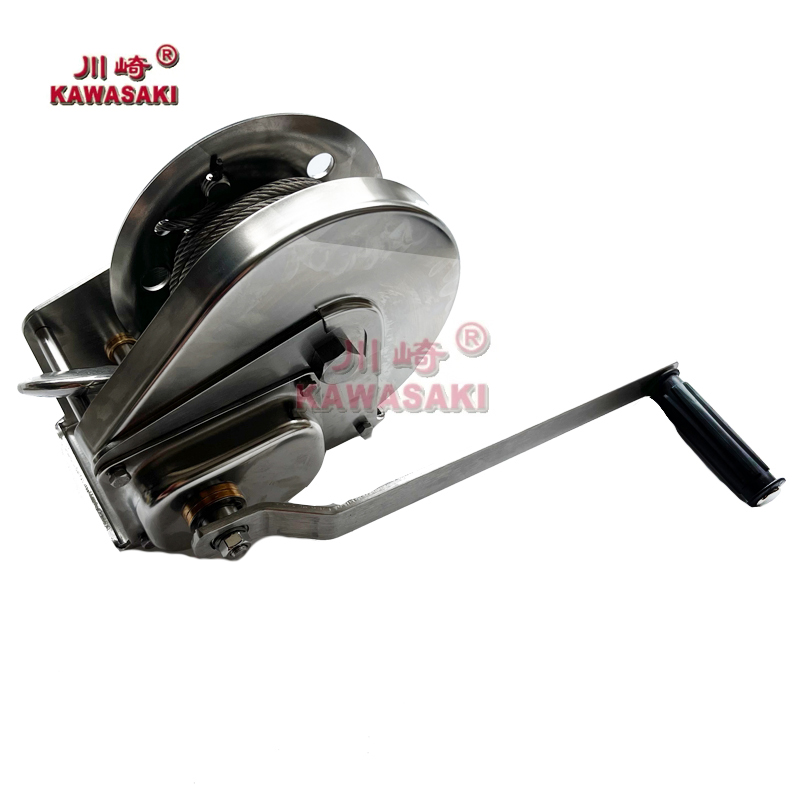Understanding the Importance of Construction Hoists
Understanding the Importance of Construction Hoists
Construction hoists play a vital role in enhancing operational efficiency and safety on construction sites. These machines are designed to lift heavy loads vertically and, as such, they address challenges often encountered during material handling. By utilizing construction hoists, you can improve site logistics, minimize manual handling, and ensure worker safety while transporting materials to different heights. Implementing this technology can contribute to meeting project deadlines and reducing costs through streamlined processes.
Benefits of Using Construction Hoist Technology
Investing in construction hoist technology brings numerous advantages to your projects. Firstly, they increase productivity by allowing materials to be transported quickly, reducing delays caused by manual lifting. Secondly, construction hoists enhance safety by minimizing the risk of injuries related to heavy lifting. They also offer versatility, supporting various construction activities such as transporting materials and equipment. Furthermore, modern hoists come equipped with advanced features that ensure efficient loading and unloading, thereby improving overall job site efficiency.
Types and Components of Construction Hoists
Construction hoists come in various types, each designed for specific applications. Common types include material hoists, personnel hoists, and mixed hoists that cater to both purposes. Essential components such as the hoisting mechanism, supporting frame, and control systems play critical roles in the performance of these machines. For instance, high-performance wire rope or chain hoists are preferred for their durability and low maintenance needs. Understanding these types and components is crucial for selecting the right construction hoist that fits your project’s specific requirements.
Best Practices for Maximizing Efficiency with Your Material Hoist
To ensure your material hoist operates at peak efficiency, implementing best practices is essential. Regular inspections and maintenance should be a priority to mitigate the risk of equipment failure during critical project phases. Additionally, ensuring that the load is evenly distributed and adhering to the weight limits will further enhance safety and performance. Training operators thoroughly on the functionalities of the hoist will equip them to handle it efficiently, ultimately leading to increased productivity.
The Superiority of Mobile Cranes in Construction Sites
While construction hoists serve specific functions, mobile cranes offer distinct advantages in various contexts on a construction site. Mobile cranes’ versatility allows them to perform numerous types of lifts and transport materials over horizontal distances, which complement the capabilities of construction hoists. It is essential to recognize that, while both equipment types have their strengths, using them together strategically can maximize operational efficiency.
Comparing Construction Hoists and Mobile Cranes
When comparing construction hoists and mobile cranes, it’s important to assess your project needs. Construction hoists excel in vertical transport and are ideal for structures requiring extensive material lifting. In contrast, mobile cranes offer flexibility and can maneuver around the site, handling different types of loads with ease. The choice between the two largely hinges on the specific requirements of the project, site layout, and load types. In some cases, integrating both technologies can lead to a more coordinated and productive work environment.
To explore the best options for your construction hoist needs, consider APOLLO’s Solution for tailored solutions designed to increase efficiency and safety on your site. For more information on versatile hoisting solutions, visit APOLLO.





















































